Seasonal Cleanup Fort Worth
Seasonal Cleanup in Fort Worth
So your yard needs a reset after winter or summer beat it up, right? That's seasonal cleanup. Basically getting your landscape back in shape after weather does its damage—clearing out dead stuff, refreshing beds, getting everything ready for the next growing season. We do spring cleanups and fall cleanups all over Fort Worth—older properties in Ridglea with mature landscapes needing serious work, newer houses in Walsh Ranch where everything's still young but needs attention, commercial properties near downtown that gotta look presentable year-round. Our weather here swings hard—brutal summers killing things, occasional hard freezes damaging plants, spring storms making a mess. Your landscape shows it without seasonal cleanup bringing everything back.
Here's the thing about Fort Worth landscapes—they need a good cleanup at least twice a year or they start looking rough. Spring cleanup gets everything ready for growing season after winter damage. Fall cleanup prepares your property for winter and cleans up summer's mess. Skip these cleanups? You're looking at beds full of dead plant material, thin mulch not protecting anything, damaged plants nobody trimmed back, irrigation systems with problems nobody caught. We've done cleanups on properties neglected for years—takes us days getting through all the accumulated mess, overgrown plants, failed areas needing attention. Could've been prevented with regular seasonal maintenance, but here we are digging out years of neglect.
We handle complete seasonal cleanup—removing dead plants and debris, cutting back perennials, pruning damaged growth, refreshing mulch, cleaning beds thoroughly, checking irrigation systems, preparing landscape for next season. Not just rake some leaves and call it done. Actually address everything needing attention so your property comes out of cleanup looking maintained and ready for what's coming next. Works for residential properties—small yards to big estates—and commercial properties needing seasonal refresh without ongoing maintenance contracts.
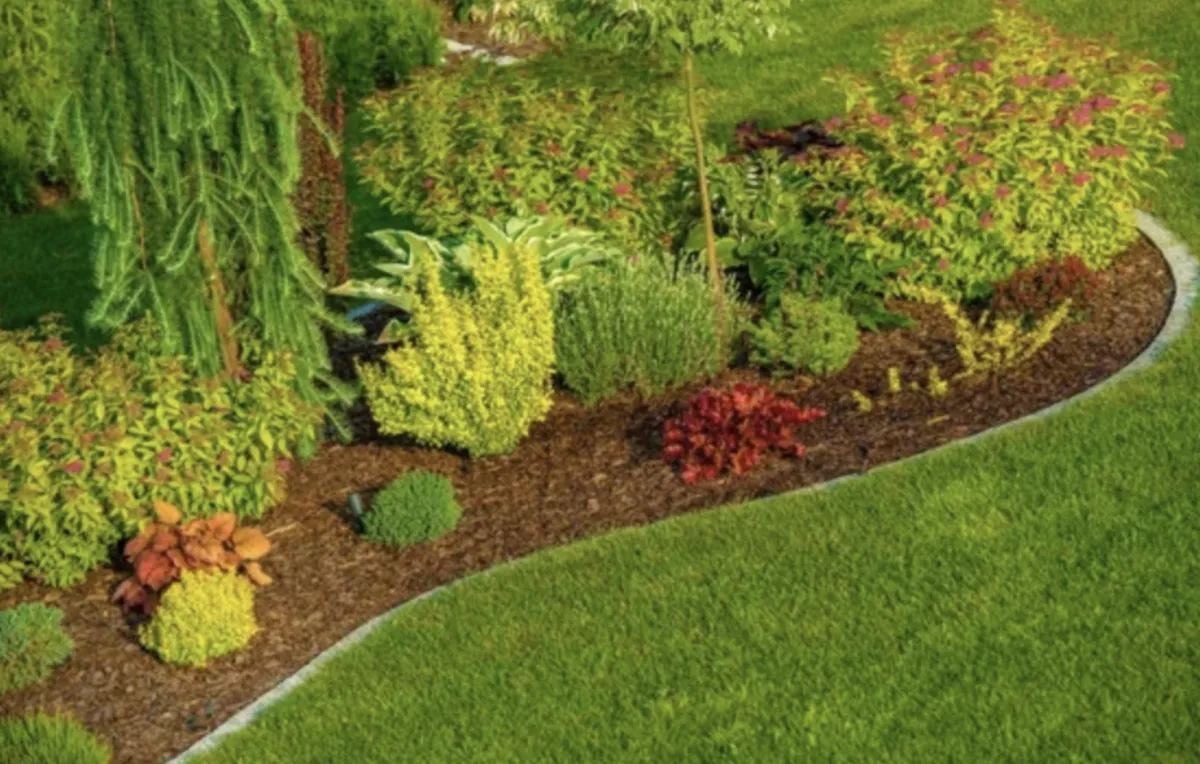
Spring Cleanup Services

Removing winter damage and dead material—cutting back freeze-damaged plants, removing dead annuals from last year, clearing accumulated debris, getting beds cleaned out and ready. Fort Worth winters aren't terrible but we get occasional hard freezes damaging plants. Spring cleanup addresses winter damage—trimming back frozen growth, removing plants that didn't make it, clearing dead leaves and debris that accumulated. Gets landscape ready for new growth instead of starting spring looking rough.
Pruning and trimming before growing season—cutting back ornamental grasses, pruning summer-flowering shrubs, removing damaged branches from trees and large shrubs, shaping plants before new growth starts. Spring's the right time for most major pruning in Fort Worth. Summer-flowering plants get pruned now so they have time producing new growth that'll bloom later. Ornamental grasses get cut back to ground level. Shrubs needing size control get addressed before they start pushing new growth. Timing matters—prune too late and you're cutting off flower buds or stressing plants during active growth.
Mulch refresh bringing beds back to proper depth—removing old decomposed mulch if needed, adding fresh mulch to proper depth, creating clean finished appearance, protecting plant roots and suppressing weeds. Mulch breaks down over time, especially in our heat. By spring, last year's mulch is thin and ineffective. Fresh mulch layer—two to three inches—protects roots during coming summer heat, suppresses weed growth, gives beds that clean maintained look. Makes huge difference in landscape appearance and plant health going into growing season.
Bed edging and cleaning creating defined lines—re-edging beds along lawn areas, removing grass encroachment, cleaning out weeds, defining bed borders. Beds lose their shape over time—grass creeps in, edges get fuzzy, everything starts blending together. Spring cleanup re-establishes clean bed lines, removes grass invasion, creates that crisp maintained appearance. Takes work but transforms landscape appearance from sloppy to intentional.
Irrigation system startup and check—turning system back on after winter, checking all zones for proper operation, adjusting heads and coverage, identifying needed repairs, programming controller for spring watering needs. Spring's when irrigation systems come back to life. Needs complete check—every zone running properly, heads adjusted correctly, no winter damage to lines or components, controller programmed appropriately for spring conditions not last fall's settings. Catching problems now prevents dead zones appearing once heat arrives.
Fall Cleanup Services
Removing summer annuals and spent plants—pulling out finished seasonal color, removing heat-damaged plants beyond recovery, clearing vegetable gardens, getting beds ready for fall planting or winter dormancy. Summer's hard on Fort Worth landscapes. By fall, annual flowers are done, some perennials look rough, heat damage shows on various plants. Fall cleanup removes finished plants, clears out damaged material, prepares beds for whatever's coming next whether that's fall planting or just winter dormancy.
Leaf removal and debris clearing—removing fallen leaves from beds and lawn, clearing storm debris, cleaning out gutters if needed, hauling away accumulated material. Fall means leaves, especially if you've got mature trees. Leaves left on lawn can smother grass over winter. Leaves piled in beds can create disease problems and look terrible. We remove fallen leaves, clear any storm debris from summer and early fall, get property cleaned up before winter arrives.
Final seasonal pruning before dormancy—addressing summer growth, removing damaged branches, final shaping before winter, pruning plants that benefit from fall timing. Some plants get pruned in fall—spring-flowering shrubs after they finish blooming, final shaping on plants that grew aggressively during summer, removal of damaged growth before winter weather. Different approach than spring pruning, different plants, different goals. We know what needs fall attention versus waiting until spring.
Mulch assessment and refresh if needed—evaluating mulch condition, adding material to beds showing thin coverage, refreshing high-visibility areas, protecting roots for winter. Mulch might need topping off in fall depending on condition. High-visibility areas like front beds often get mulch refresh even if back beds can wait until spring. Proper mulch depth going into winter protects plant roots during cold snaps and keeps beds looking maintained through dormant season.
Irrigation winterization for freeze protection—adjusting watering schedule for fall weather, preparing system for potential freezes, draining vulnerable components in areas needing it, setting controller to appropriate fall and winter programming. Fort Worth doesn't always need complete irrigation blowout like northern climates, but systems need fall adjustment. Watering schedule way different in October than August. Controller needs reprogramming. Above-ground components might need protection if hard freeze is forecast. We adjust systems appropriately for fall and winter conditions, preventing freeze damage and water waste.
Why Seasonal Cleanup Matters
Weather damage accumulation—summer heat stress, winter freeze damage, storm debris, neglected growth becoming problems. Fort Worth weather beats up landscapes. Without seasonal cleanup addressing accumulated damage, properties look progressively worse. Dead plant material stays in beds. Damaged branches hang around. Overgrowth gets worse. Problems compound over time. Seasonal cleanup resets everything, addresses damage before it becomes permanent, keeps landscape from deteriorating into renovation territory.
Property appearance and curb appeal—cleaned-up landscape looks cared for and valuable, neglected appearance makes everything look bad, seasonal refresh maintains positive impression. Property coming out of winter with dead plants still in beds, no mulch, overgrown mess? Looks abandoned regardless of house condition. Same property after spring cleanup—fresh mulch, beds cleaned out, everything trimmed properly? Looks maintained and valuable. Fall cleanup keeps property looking intentional through winter instead of neglected and dormant.
Preparing for next season success—spring cleanup sets up good growing season, fall cleanup prepares landscape for winter dormancy, addressing problems before they worsen, positioning plants for healthy growth. Cleanup isn't just making things look better temporarily. Spring cleanup done right leads to healthier summer growth and fewer problems during heat stress. Fall cleanup properly preparing plants for dormancy means they come out of winter in better condition. Seasonal maintenance positioning your landscape for success in coming months, not just appearance improvement today.
Prevention of major problems—catching irrigation issues before they cause dead zones, removing diseased material before spread, addressing drainage problems before erosion, identifying plant failures needing replacement. Seasonal cleanup is when we're really looking at everything, not just maintaining week to week. Catches problems regular maintenance might miss. That shrub showing decline? Gets identified during cleanup with recommendation for replacement before it completely dies and looks terrible. Irrigation head not covering properly? Gets noticed and fixed before summer heat arrives causing brown spots. Prevention through thorough seasonal attention beats fixing expensive problems after they develop.
Our Cleanup Process
Removing summer annuals and spent plants—pulling out finished seasonal color, removing heat-damaged plants beyond recovery, clearing vegetable gardens, getting beds ready for fall planting or winter dormancy. Summer's hard on Fort Worth landscapes. By fall, annual flowers are done, some perennials look rough, heat damage shows on various plants. Fall cleanup removes finished plants, clears out damaged material, prepares beds for whatever's coming next whether that's fall planting or just winter dormancy.
Leaf removal and debris clearing—removing fallen leaves from beds and lawn, clearing storm debris, cleaning out gutters if needed, hauling away accumulated material. Fall means leaves, especially if you've got mature trees. Leaves left on lawn can smother grass over winter. Leaves piled in beds can create disease problems and look terrible. We remove fallen leaves, clear any storm debris from summer and early fall, get property cleaned up before winter arrives.
Final seasonal pruning before dormancy—addressing summer growth, removing damaged branches, final shaping before winter, pruning plants that benefit from fall timing. Some plants get pruned in fall—spring-flowering shrubs after they finish blooming, final shaping on plants that grew aggressively during summer, removal of damaged growth before winter weather. Different approach than spring pruning, different plants, different goals. We know what needs fall attention versus waiting until spring.
Mulch assessment and refresh if needed—evaluating mulch condition, adding material to beds showing thin coverage, refreshing high-visibility areas, protecting roots for winter. Mulch might need topping off in fall depending on condition. High-visibility areas like front beds often get mulch refresh even if back beds can wait until spring. Proper mulch depth going into winter protects plant roots during cold snaps and keeps beds looking maintained through dormant season.
Irrigation winterization for freeze protection—adjusting watering schedule for fall weather, preparing system for potential freezes, draining vulnerable components in areas needing it, setting controller to appropriate fall and winter programming. Fort Worth doesn't always need complete irrigation blowout like northern climates, but systems need fall adjustment. Watering schedule way different in October than August. Controller needs reprogramming. Above-ground components might need protection if hard freeze is forecast. We adjust systems appropriately for fall and winter conditions, preventing freeze damage and water waste.
Why Seasonal Cleanup Matters
Weather damage accumulation—summer heat stress, winter freeze damage, storm debris, neglected growth becoming problems. Fort Worth weather beats up landscapes. Without seasonal cleanup addressing accumulated damage, properties look progressively worse. Dead plant material stays in beds. Damaged branches hang around. Overgrowth gets worse. Problems compound over time. Seasonal cleanup resets everything, addresses damage before it becomes permanent, keeps landscape from deteriorating into renovation territory.
Property appearance and curb appeal—cleaned-up landscape looks cared for and valuable, neglected appearance makes everything look bad, seasonal refresh maintains positive impression. Property coming out of winter with dead plants still in beds, no mulch, overgrown mess? Looks abandoned regardless of house condition. Same property after spring cleanup—fresh mulch, beds cleaned out, everything trimmed properly? Looks maintained and valuable. Fall cleanup keeps property looking intentional through winter instead of neglected and dormant.
Preparing for next season success—spring cleanup sets up good growing season, fall cleanup prepares landscape for winter dormancy, addressing problems before they worsen, positioning plants for healthy growth. Cleanup isn't just making things look better temporarily. Spring cleanup done right leads to healthier summer growth and fewer problems during heat stress. Fall cleanup properly preparing plants for dormancy means they come out of winter in better condition. Seasonal maintenance positioning your landscape for success in coming months, not just appearance improvement today.
Prevention of major problems—catching irrigation issues before they cause dead zones, removing diseased material before spread, addressing drainage problems before erosion, identifying plant failures needing replacement. Seasonal cleanup is when we're really looking at everything, not just maintaining week to week. Catches problems regular maintenance might miss. That shrub showing decline? Gets identified during cleanup with recommendation for replacement before it completely dies and looks terrible. Irrigation head not covering properly? Gets noticed and fixed before summer heat arrives causing brown spots. Prevention through thorough seasonal attention beats fixing expensive problems after they develop.
Our Cleanup Process
Complete property assessment—walking entire landscape noting what needs attention, identifying problem areas, planning cleanup approach, discussing any concerns or questions with you. We don't just show up and start working. Cleanup begins with assessment—what winter or summer damaged, what needs addressing, what can wait, any problems requiring discussion before we proceed. Gives you opportunity raising concerns and us opportunity planning efficient approach to cleanup work.
Systematic cleanup execution—working section by section, removing debris and dead material, pruning and trimming appropriately, refreshing mulch where needed, completing all cleanup tasks thoroughly. We work methodically through property—not jumping around randomly but systematic approach ensuring nothing gets missed. Front beds get complete attention before moving to side yard. Side yard gets finished before starting back. Each area gets thorough work—pruning, cleaning, mulching, whatever that section needs—before moving on.
Debris removal and disposal—hauling away all removed material, leaving property clean, proper disposal of plant debris, no mess left behind. Cleanup generates material—bags of leaves, piles of pruned branches, removed plants, old mulch if we're replacing it. We haul everything away, leaving your property clean. Not piling stuff at curb for you to deal with. Complete removal and disposal included in cleanup service—property looks better and you don't have debris sitting around for weeks.
Final irrigation and plant check—ensuring irrigation system working properly, checking plant health and identifying concerns, making recommendations for needed work beyond cleanup scope, communicating about landscape condition and needs. Cleanup's good time for thorough irrigation check since we're already assessing everything. Check all zones, adjust heads as needed, identify any repairs required. Same with plant health—really looking at everything during cleanup, noting plants showing problems, recommending replacements or treatment for issues we identify.
Follow-up recommendations and estimates—providing information about additional work that'd benefit property, estimates for needed repairs or improvements, guidance on maintenance or upgrades, helping you understand landscape needs going forward. Cleanup often reveals needs beyond basic seasonal work—irrigation repairs, plant replacements, bed renovations, drainage improvements. We provide clear recommendations and estimates for additional work, helping you prioritize what matters most and budget for needed improvements. No pressure, just information about what we're seeing and what'd benefit your property.
Frequently Asked Questions
How much does seasonal cleanup cost?
Depends on property size and landscape condition honestly. Small residential lot with simple landscape might run $300 to $500 for thorough spring or fall cleanup. Typical quarter-acre property with moderate landscaping usually $600 to $1,200 per cleanup depending on how much work's needed. Larger properties or ones with extensive beds, lots of plants, heavy debris—costs more obviously. Neglected properties needing major work cost more than well-maintained landscapes just needing seasonal refresh. We provide specific quotes after seeing your property and understanding scope of work needed.
Do I need both spring and fall cleanup?
Most Fort Worth properties benefit from both. Spring cleanup prepares for growing season—addresses winter damage, gets landscape ready for summer stress, positions everything for healthy growth. Fall cleanup deals with summer's aftermath—removes spent plants, prepares for winter, cleans up before dormant season. Skip one or the other? Your landscape shows it. That said, if you're doing ongoing maintenance, seasonal cleanup needs are less extensive than properties getting just twice-yearly attention. We're honest about what your specific property actually needs versus what's ideal in perfect world.
Can you do cleanup if I have ongoing maintenance service?
Yeah, cleanup's often separate from regular maintenance even for ongoing clients. Regular maintenance handles weekly or bi-weekly tasks—mowing, basic bed care, routine stuff. Seasonal cleanup addresses bigger tasks happening less frequently—major pruning, mulch refresh, thorough irrigation check, complete debris removal. Some full-service maintenance packages include seasonal cleanup, others charge separately. We're clear upfront about what's included in regular maintenance versus what's additional seasonal work.
What's the best time for spring and fall cleanup?
Spring cleanup typically happens March through early April in Fort Worth—after last frost danger passes but before everything starts actively growing. Timing varies year to year based on weather. Fall cleanup usually happens October through November—after summer heat breaks but before potential hard freezes arrive. Again, specific timing adjusts based on actual weather patterns that year. We schedule cleanups based on conditions and plant needs, not rigid calendar dates that might not match reality.
Do you handle properties that haven't had cleanup in years?
Yeah but it's more extensive work and costs more. Properties neglected for multiple years have accumulated problems—overgrown plants needing serious pruning or removal, heavy debris buildup, thin or nonexistent mulch, possible irrigation failures, bed edges completely lost. Takes significantly more time bringing neglected property back to decent condition than maintaining one that's had regular attention. We provide honest assessment and realistic quote for catching up on years of neglect. Sometimes properties need actual renovation beyond cleanup scope—we'll tell you if that's the case rather than doing half-measure cleanup that doesn't really address underlying problems.
Call us for professional seasonal cleanup throughout Fort Worth. We've been handling spring and fall cleanups around here for years—properties all over from TCU area to North Fort Worth to everything between. Your landscape takes a beating from our weather. Seasonal cleanup keeps it from showing all that damage, prepares everything for what's coming next, maintains appearance and plant health year after year. Whether you need regular cleanup service twice yearly or just occasional refresh when property's looking rough, we provide thorough professional work getting your landscape back in shape.
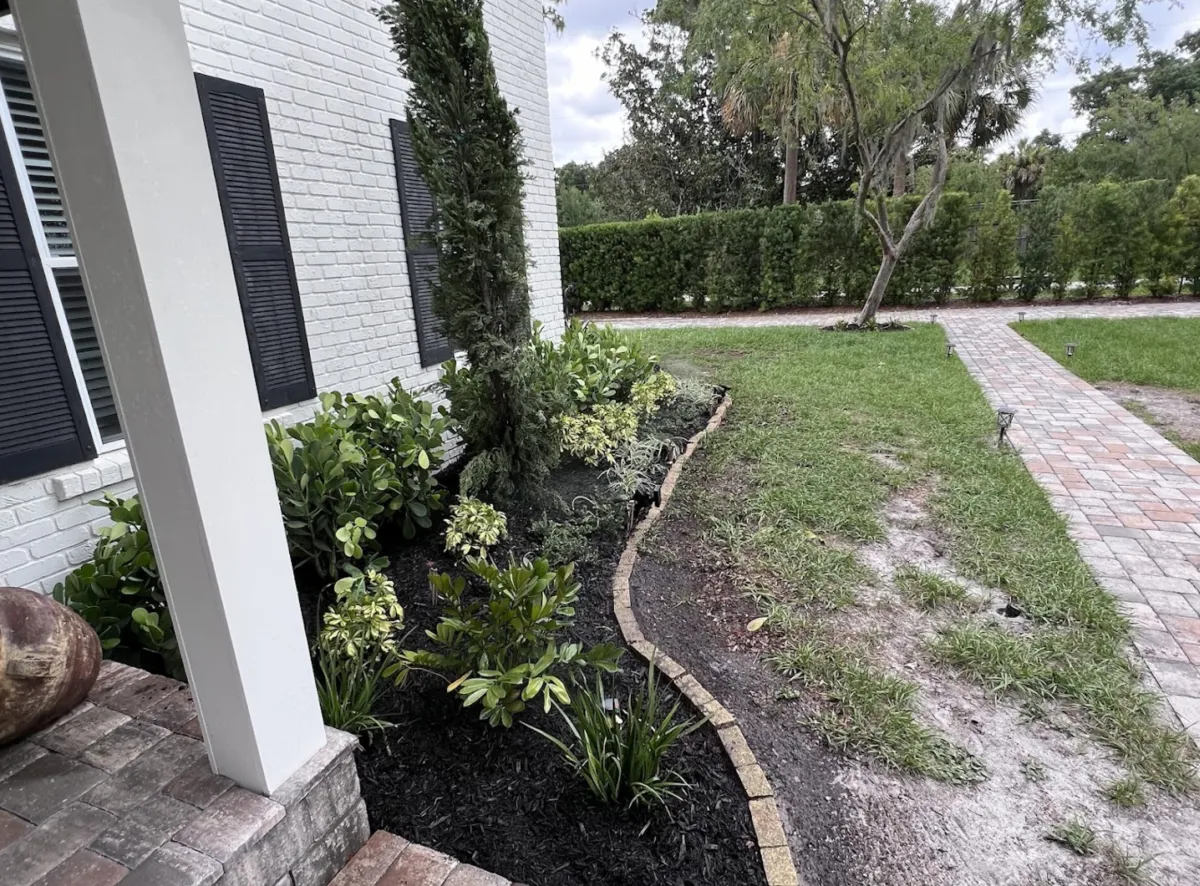

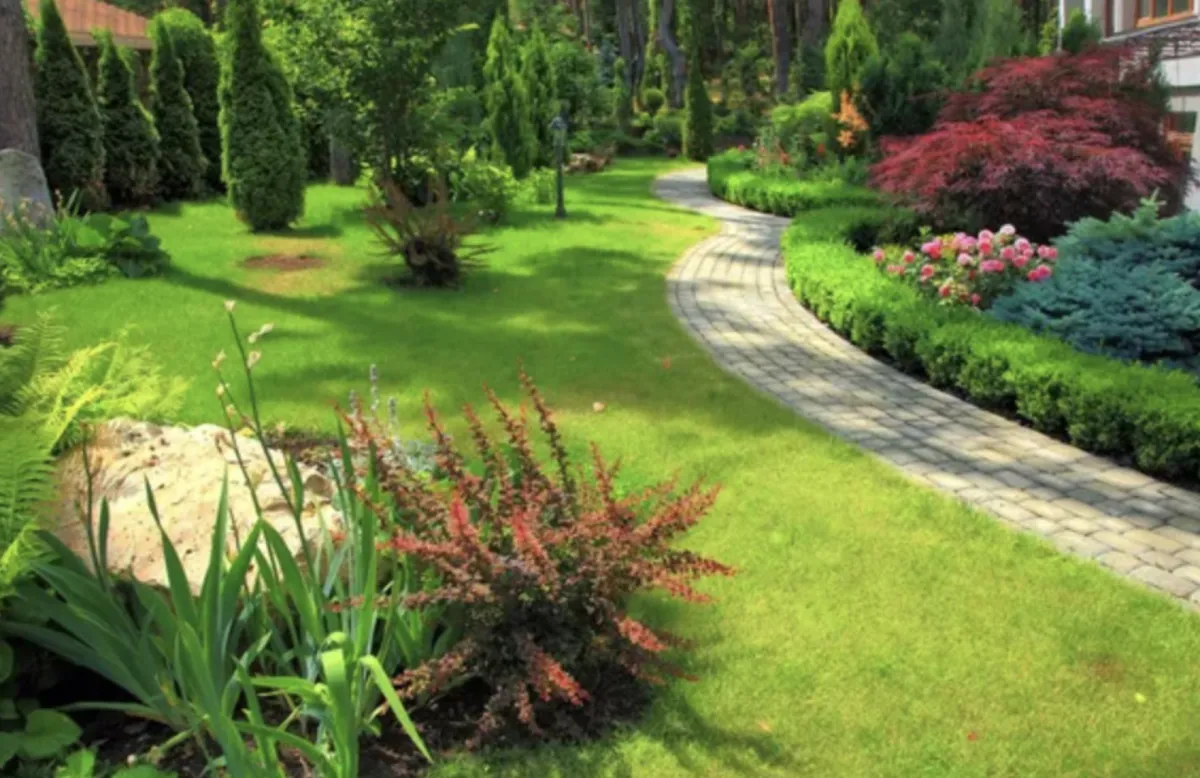
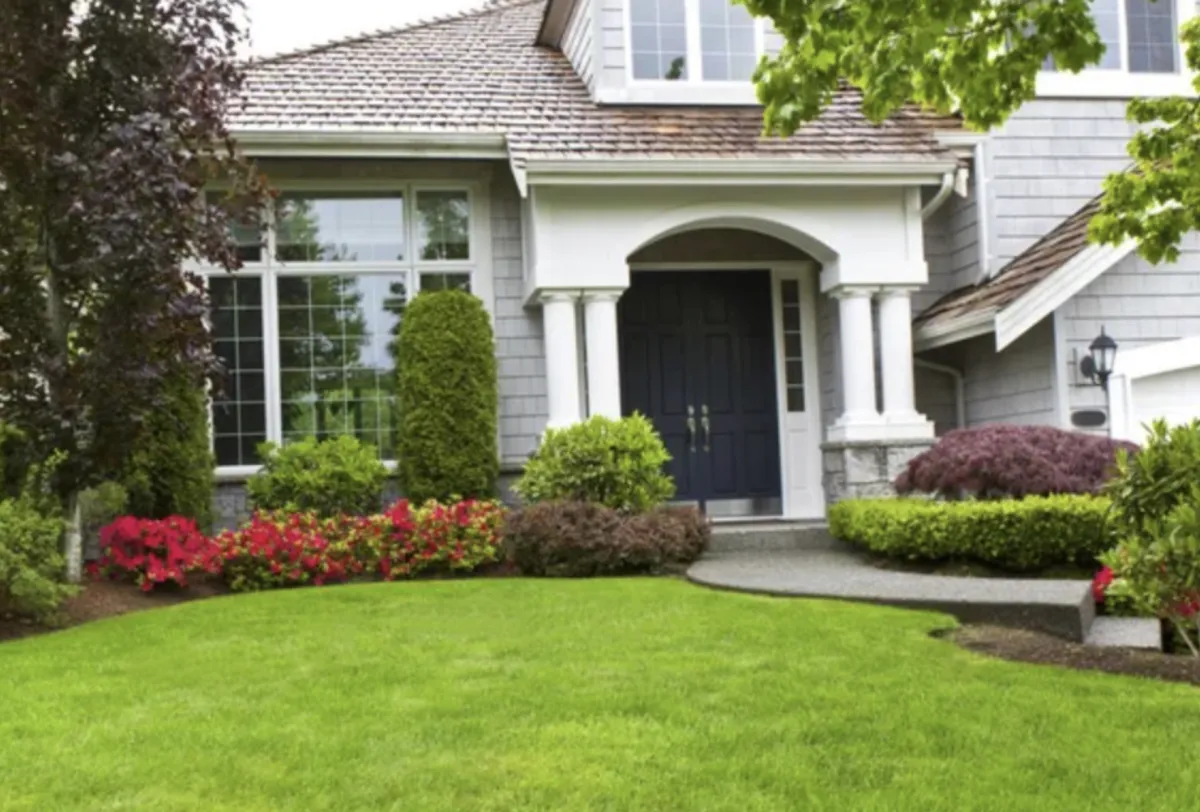
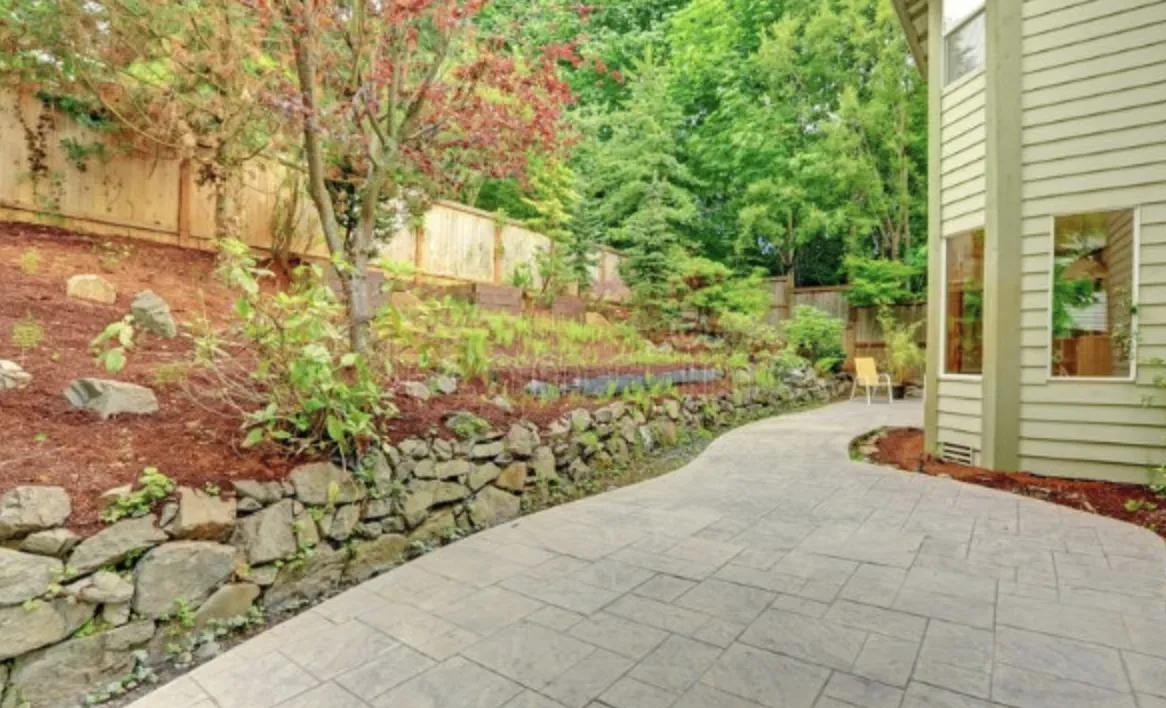



See What Our Customer Say About Us
Sarah M., Fort Worth, TX

“I can’t say enough good things about HF Landscape Design Fort Worth. They totally transformed our backyard into something out of a magazine — and they did it on time and within our budget. The team showed up early every day, cleaned up after themselves, and really listened to what we wanted. You can tell they actually care about the little details, not just getting the job done. Our neighbors keep stopping by asking who did the work — we tell everyone to call HF Landscape Design. Best decision we made for our home!”
Daniel R., Fort Worth, TX

“HF Landscape Design Fort Worth really blew us away. We had a plain front yard before, and now it looks like something you’d see in a design show. They helped pick the right plants for the Texas heat and even added lighting that makes the place glow at night. Super easy to talk to and very professional — they made the whole thing stress-free. We’d hire them again in a heartbeat.”
Megan & Tyler H., Fort Worth, TX

“Our backyard was just dirt and weeds before HF Landscape Design came in. Now it’s the spot where we spend every weekend with friends. They built a patio, added flower beds, and somehow made it all feel natural like it was always meant to be there. You can tell they love what they do — every detail was perfect. Highly recommend them to anyone in Fort Worth wanting a yard they’ll actually use.”
Get Professional Seasonal Cleanup
Stop dealing with accumulated debris, winter damage, or overwhelming leaf cleanup. Get professional seasonal cleanup preparing your Fort Worth property for seasonal transitions.
Call (817) 580-3329 to schedule seasonal cleanup services. We'll prepare your landscape for spring growth or winter dormancy with comprehensive cleanup addressing all seasonal needs.
Service Areas: Fort Worth, Tanglewood, Ridglea Hills, River Crest, Westover Hills, Berkeley, Monticello, Mistletoe Heights, and surrounding communities.
Frequently Asked Questions
What is the average cost of landscape design?
Landscape design costs in Fort Worth typically range from $2,000 to $8,000 depending on property size—project complexity—level of detail required. Simple front yard designs for smaller properties might run $1,500 to $3,000. Comprehensive landscape plans for larger properties with detailed planting plans—hardscape designs—irrigation layouts—lighting plans usually cost $5,000 to $10,000 or more. We typically credit design fees toward installation if you proceed with us for the work. Design-only services cost more since we're not recouping fees through installation. Most clients in areas like Tanglewood or Westover Hills invest in detailed designs because their properties warrant professional planning. Newer neighborhoods with simpler yards might need less extensive design work.
What does it cost for a landscape design?
Design fees depend on project scope and what you need included. Basic conceptual designs showing general layout—plant groupings—hardscape locations run $1,500 to $3,000 for typical residential properties. Detailed construction-level plans with exact plant specifications—hardscape dimensions—grading plans—irrigation zone maps cost $4,000 to $8,000 or higher for complex projects. Commercial landscape design involves additional complexity and typically costs more. We discuss your specific needs during initial consultation and provide design fee quotes based on actual scope. Design fees get credited toward installation when you hire us for the work. Fort Worth properties with challenging conditions—significant slopes—drainage issues—often need more detailed planning which affects design costs.
What is the difference between a landscape architect and a landscape designer?
Landscape architects have formal education—state licensing—ability to stamp engineering drawings for permits. They handle complex projects requiring grading engineering—structural calculations—commercial site development—regulatory compliance. Landscape designers focus on plant selection—aesthetic layout—residential design without engineering components. In Fort Worth, landscape architects are required for certain commercial projects—retaining walls over specific heights—projects needing engineered drainage solutions. Residential projects usually work fine with landscape designers unless you've got significant slope issues—major grading needs—structures requiring engineering stamps. Landscape architects cost more but bring technical expertise for complex projects. Most residential landscapes in neighborhoods like Arlington Heights or Ridglea work well with landscape designers. Larger estates or properties with serious site challenges benefit from landscape architectural services.
Why is landscape design so expensive?
Professional landscape design involves considerable time—expertise—detailed planning work. Designers spend hours on site assessment—measuring—analyzing drainage and sun patterns—researching plant options for specific conditions. Creating scaled plans requires CAD software skills—design knowledge—understanding of Fort Worth's climate and soil conditions. Good designers prevent expensive installation mistakes—plant failures—drainage problems that cost far more to fix later. You're paying for years of experience knowing what works in North Texas clay soil—which plants survive July heat—how to design irrigation zones efficiently. Design fees also cover revisions—client meetings—coordination with contractors during installation. Cheap or free designs often mean cookie-cutter plans—inexperienced designers—or design costs hidden in inflated installation prices. Professional design upfront saves money long-term by getting things right the first time.
What is the rule of 3 in landscaping?
The rule of three suggests planting in odd-numbered groups—typically three plants—creates more natural and visually appealing arrangements than even numbers. Three plants or features create triangular compositions—visual interest—balance without formal symmetry. This applies to groupings of the same plant variety or repeating design elements throughout the landscape. In Fort Worth landscapes, you might see three crape myrtles anchoring a bed—three groupings of ornamental grasses—three boulders in a natural arrangement. The rule helps avoid the static look of paired plantings or single specimens. Works for plants of various sizes—repetition of colors—hardscape feature placement. Not a strict requirement but a helpful design principle creating more dynamic landscapes. We use the rule of three alongside other design principles—proper spacing—mature size consideration—Fort Worth-appropriate plant selection.
What is a realistic landscaping budget?
Realistic budgets for Fort Worth landscape projects typically start around $10,000 for basic front yard renovations and run $20,000 to $50,000 for complete front and backyard transformations with hardscaping. Simple refreshes—new plants—mulch—irrigation repairs might cost $5,000 to $8,000. Projects including patios—retaining walls—outdoor kitchens—extensive plantings easily reach $50,000 to $100,000 or more. Budget depends on property size—existing conditions—how much hardscape you want—plant material quality and maturity. Fort Worth's clay soil often requires additional drainage work affecting costs. Established neighborhoods like Monticello with mature landscapes might need less work than new construction in Walsh Ranch starting from dirt. Quality materials and experienced installation cost more upfront but last longer and perform better in our climate.
